Optimal Conditions for Concrete Repairs
Concrete repairs are most effective when performed under optimal weather conditions. Temperature, humidity, and precipitation significantly influence the curing process and the longevity of repairs. Proper timing ensures that repairs bond well and resist future damage.
Ideal temperatures for concrete repairs range from 50°F to 85°F. Repairs done within this range cure properly and maintain strength.
Low to moderate humidity levels support proper curing. Excessive moisture can hinder bonding and cause delays.
Perform repairs during dry weather to prevent water from compromising the repair process and causing surface defects.
Spring and fall typically offer suitable weather for repairs, avoiding extreme cold or heat.
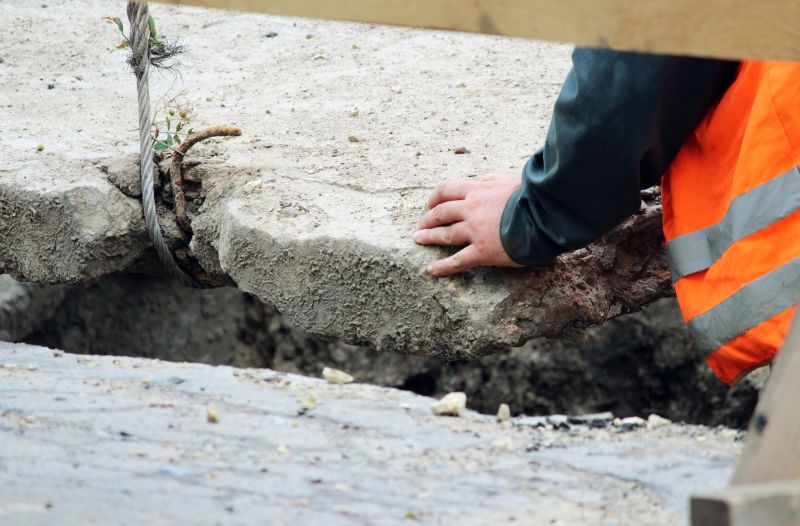
Ways to make Concrete Repairs work in tight or awkward layouts.

Popular materials for Concrete Repairs and why they hold up over time.
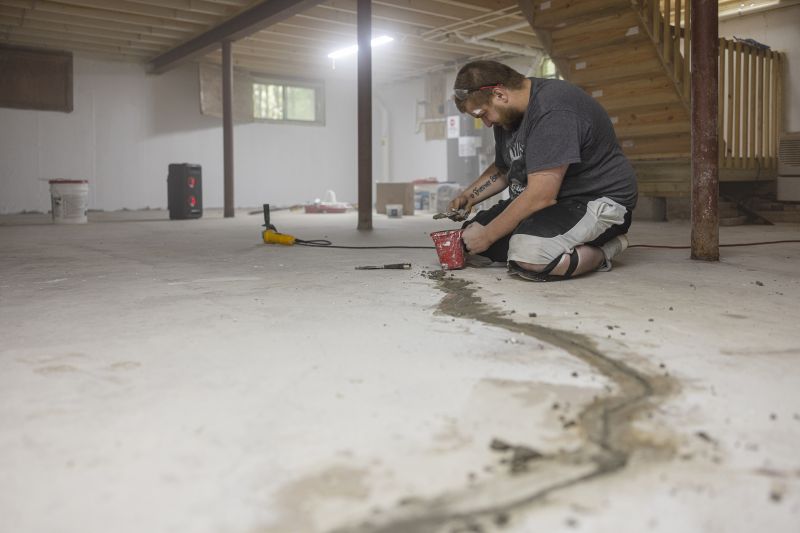
Simple add-ons that improve Concrete Repairs without blowing the budget.

High-end options that actually feel worth it for Concrete Repairs.

Finishes and colors that play nicely with Concrete Repairs.
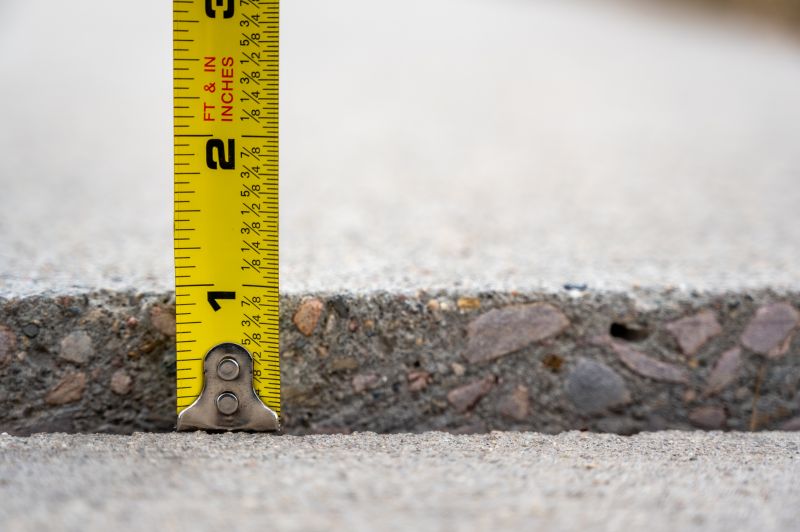
Little measurements that prevent headaches on Concrete Repairs day.
| Season | Recommended Conditions |
|---|---|
| Spring | Moderate temperatures, low humidity, minimal precipitation |
| Summer | Warm temperatures, low humidity, dry weather |
| Fall | Cooler temperatures, stable weather, no frost |
| Winter | Not recommended due to freezing temperatures and moisture |
Concrete repairs are a crucial aspect of maintaining structural integrity and appearance. Proper timing ensures that repairs adhere well and last longer. Weather conditions directly impact the curing process, influencing the strength and durability of the repair work. For example, cold temperatures can slow curing, leading to weak bonds, while excessive heat can cause rapid drying and surface cracking.
Statistics show that repairs conducted during optimal weather conditions have a higher success rate and longer lifespan. Delaying repairs until suitable weather minimizes the need for rework and additional repairs. Understanding seasonal variations and weather patterns can help in planning effective concrete maintenance schedules.
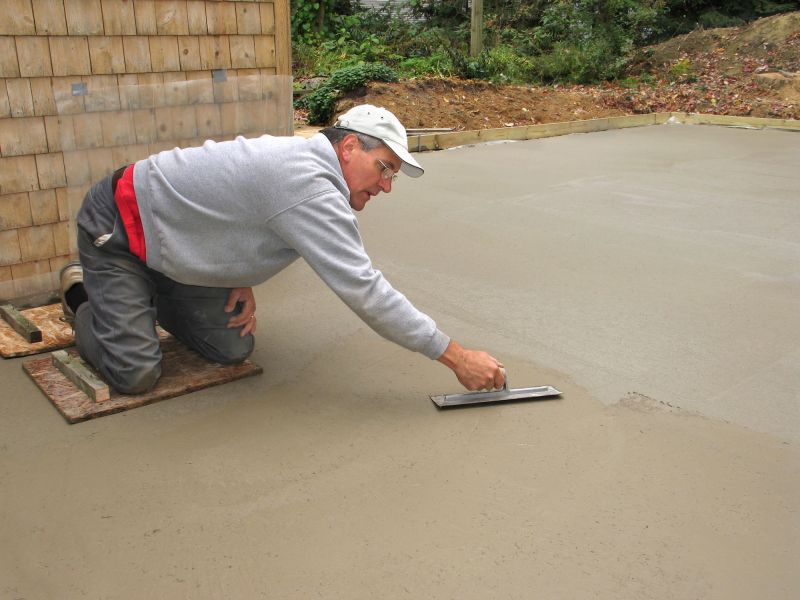
A 60-second routine that keeps Concrete Repairs looking new.
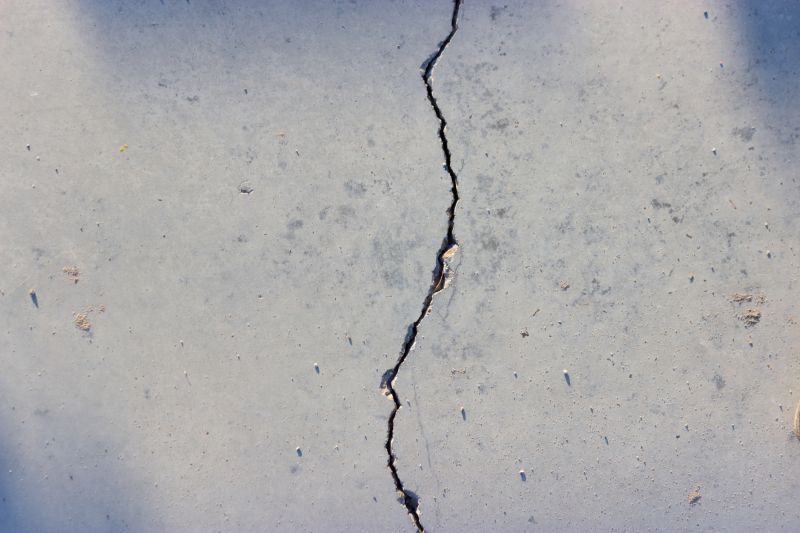
A frequent mistake in Concrete Repairs and how to dodge it.

Small tweaks to make Concrete Repairs safer and easier to use.

Lower-waste or water-saving choices for Concrete Repairs.
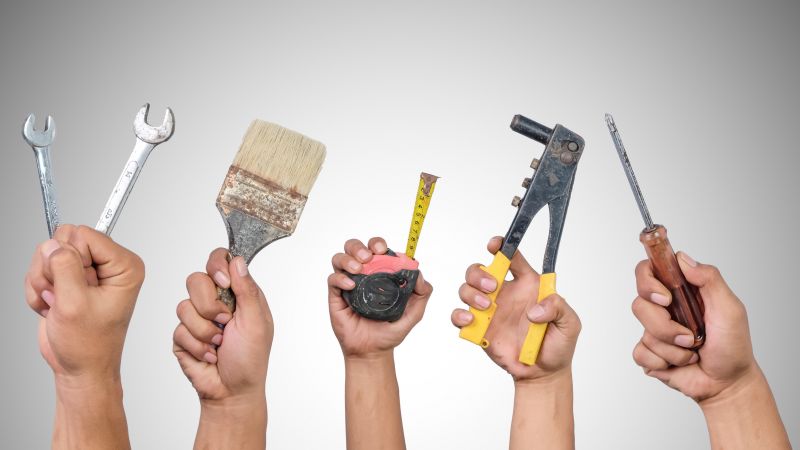
The short, realistic tool list for quality Concrete Repairs.

Rough timing from prep to clean-up for Concrete Repairs.
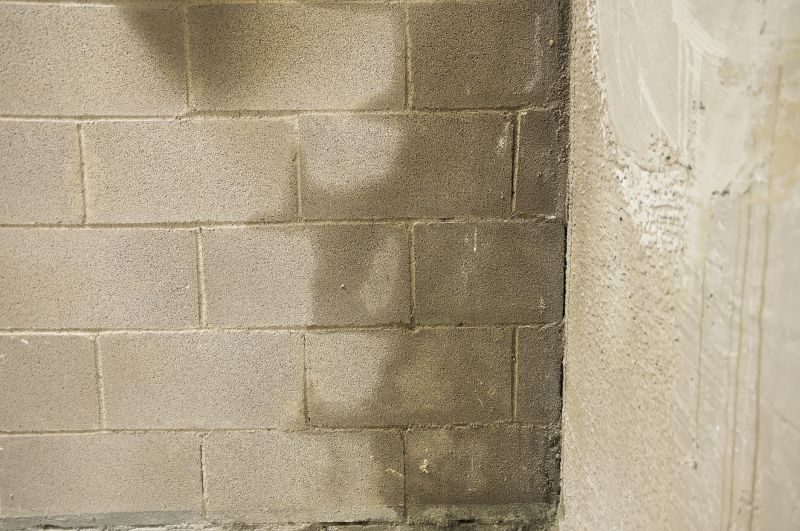
Quick checks and paperwork to keep after Concrete Repairs.

Examples that show the impact a good Concrete Repairs can make.
Interested in scheduling concrete repairs? Filling out the contact form can provide more information and help plan repairs during the most suitable time for long-lasting results.

